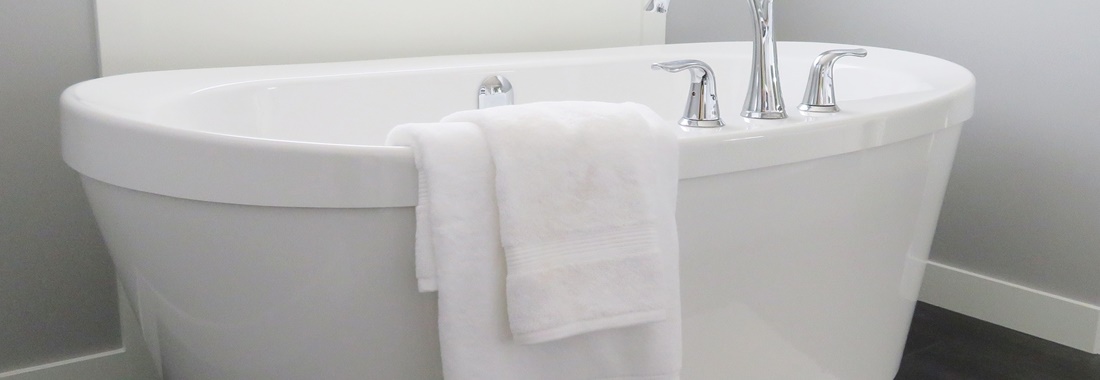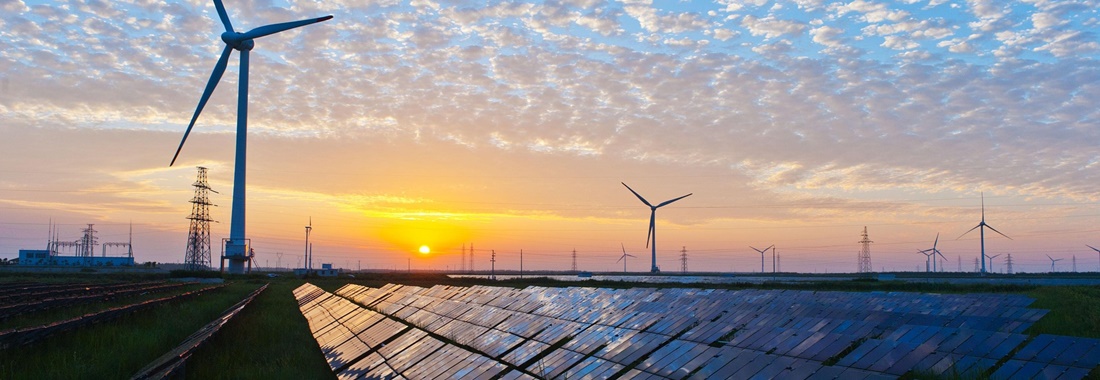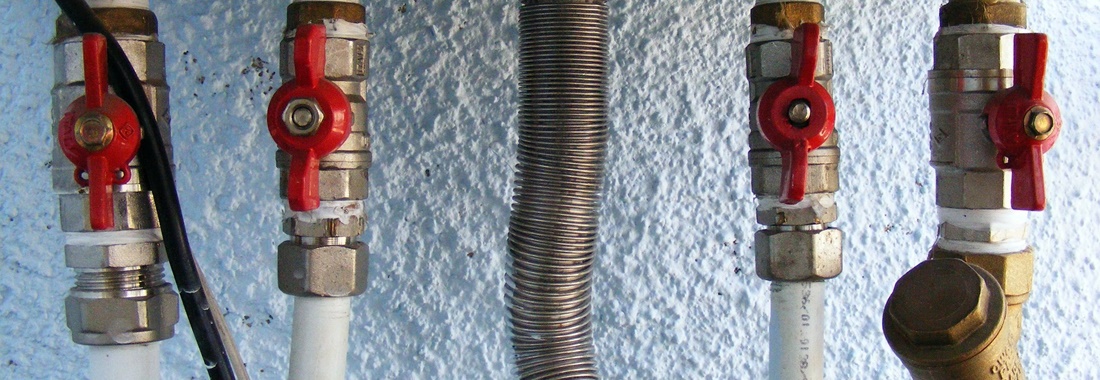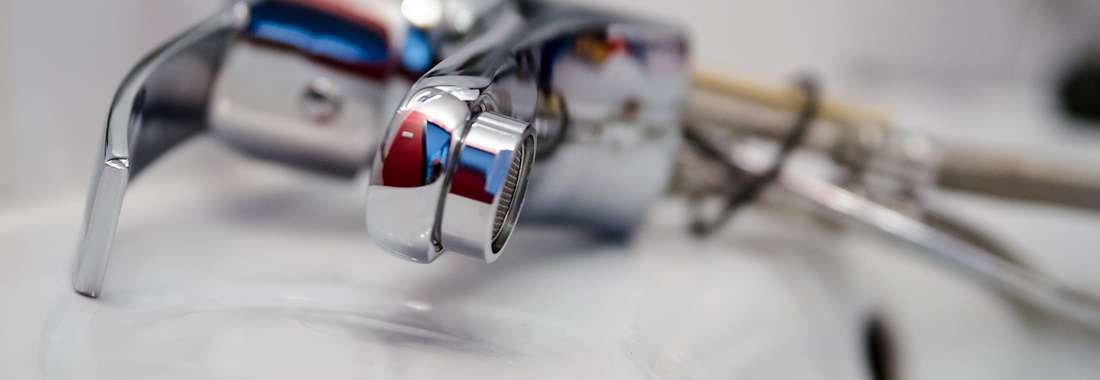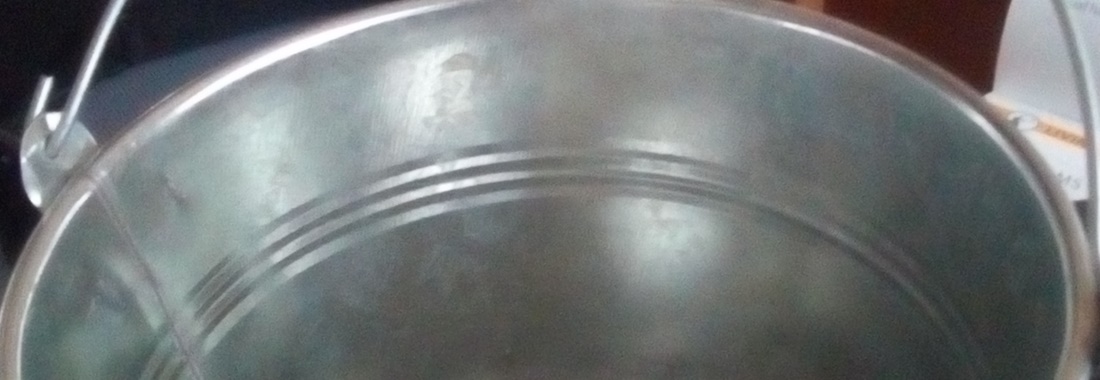CANALISATION
The networks of sewage systems strain the flexibility of the earth's crust and, for hygienic reasons, pose high health risks to humans and animals!
Free English translation on 22 August 2021. The important document see below, too!
The German-language document you may find here!
Excerpt from the Internet: Wikipedia
Sewerage system
A sewer system is a system for the collection and discharge of wastewater, rainwater or meltwater through underground channels in the course of sewage disposal. Regional terms for the sewerage system are Dole, Siel or Beschleusung. In addition to the sewer network, the sewer system also includes collection, pumping, shut-off and mechanical treatment facilities.
The collected wastewater is transported to wastewater treatment plants (usually sewage treatment plants) or discharged directly into bodies of water, referred to in this context as receiving waters. Sewerage partly coincides with the term drainage system (according to DIN EN 752-1:1995 "... a system of pipes and ancillary structures for the discharge of foul water and/or storm water to a cesspit, sewer or other disposal facility ..."). When natural watercourses are completely covered, they are referred to as piped.
In many cases, natural watercourses flowing through a locality are also channelled by being discharged into the sewer system or led underground through the locality in a separate channel. Typical examples in Germany are the Darmbach in Darmstadt, the Salzbach in Wiesbaden including tributaries, the Wuppertal Briller Bach and the Mirker Bach, in Austria the Grazbach in Graz and the Wienfluss in Vienna.
Excerpt from the Internet: Wikipedia
Use of Excreta
Numerous uses of animal and human excrement are known. In nature, excrement fertilises the soil and is also used as fertiliser in agriculture. Bird excrement from fish-eating birds is broken down as guano and used as a phosphate-rich "natural fertiliser".
Excerpt from the Internet: Wikipedia
Composting Toilet
A composting toilet (also dry toilet) is a toilet without flushing, in which faeces are fed directly into a container filled with bark mulch or straw, where they are composted.[1] In localities that are not connected to a water supply, composting toilets are used.
In localities that are not connected to the public sewage system, the composting toilet is a comparatively low-odour, economical and ecological alternative to the chemical toilet or the simple outhouse. Similar to the outhouse, a real composting toilet manages with little or no water for flushing, as the compost is not supposed to become too moist or wet.
The excreta are biologically utilised as compost fertiliser. There are solutions with closed containers dug into the ground or artificial containers, some of which can be heated for better composting.
Excerpt from the Internet: Wikipedia
Sewage Treatment Plant
Kiel-Bülk sewage treatment plant with 380,000 population equivalents (p.e.)
A sewage plant, also known as a wastewater treatment plant, in Switzerland and Austria also as a wastewater treatment plant (ARA), is a technical plant for the purification of wastewater.
Mechanical (also called physical), biological and chemical processes are used to purify the components of wastewater that pollute water.
Since these process types are used successively in different purification stages, modern conventional wastewater treatment plants are called "three-stage".
The first sewage treatment plant on the European mainland was put into operation in Frankfurt-Niederrad in 1882.
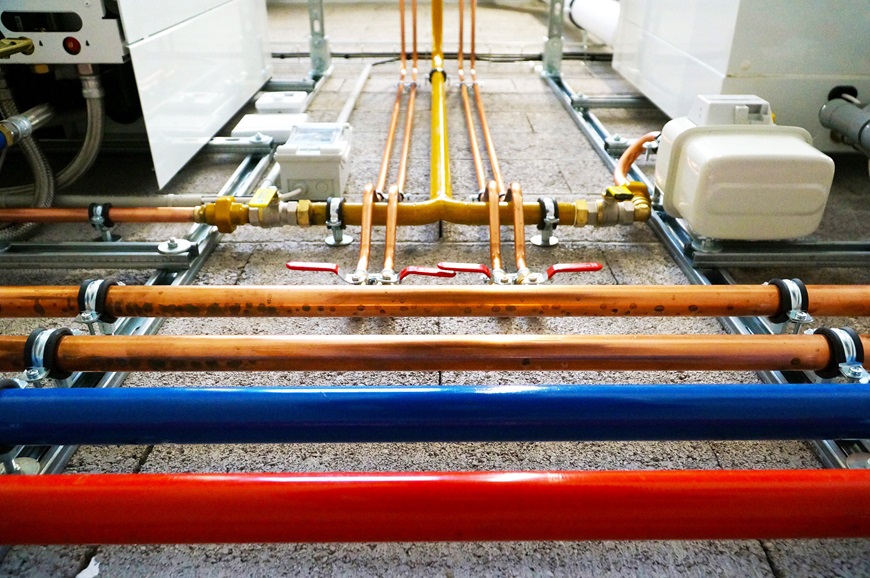
Therme Piping
SEWERAGE & SAFETY & HEALTH
Dear Readers!
The networks of sewers are increasingly straining the flexibility of the earth's crust and pose high health risks to humans and animals for hygienic reasons.
The sewerage system poses too many dangers due to the unhygienic underground conditions of the many pathogens that can also be transmitted to humans, for example, by the rats and mice that live there, especially if the networks are branched and connected over a very large area. Thus, for a possible future, it makes much more sense to plan sensibly and thus divide the necessary networks by building several independently separated sewer networks for the cities and communities.
However, here too, nature has taken into account what is best for humans in an ecological cycle, in that the excrement of humans and farm animals should be returned to the earth as fertiliser and manure respectively.
This only applies to humans and farm animals with a healthy body, which is healthy and functional without chemical additives in any form, as is almost exclusively the case with all medicines.
It is already clearly foreseeable that at some point the sewage treatment plants will no longer be able to reprocess the drinking water, since the general and increasing intake of medicinal substances combined with serious illnesses will eventually reach the sewage treatment plants as a dangerous mix and even the best filters or the latest chemical or highly technical treatment will no longer be able to filter the micro- and nano-cells or organisms, such as hormones, and these will inevitably find their way back into the drinking water.
You don't have to be an "Einstein" to make these foreseeable facts clear and obvious!
Thus, the "compost toilet" of every healthy allotment family, which can be used as odourlessly as possible, would be a sensible and future-oriented* alternative to artificial fertilisers and the diseases that may result from them.
An area-wide sewerage system in today's dimensions will not and must not exist any more, as the entire living culture will have to come back to the "ground" of facts, which would mean that the total volume of the earth will increase significantly.
Even a farmer of a future-oriented farm has to consider how he will cultivate his fields if in a possible future there will be no artificial fertiliser for the reasons mentioned above. However, for example, many fungal diseases, insects or vermin and many an animal species will have to disappear from the face of the earth!
Thus, there is a clear distinction between theory and practice, but for a reasonable planning of a possible future, this document is also a necessary basis. The next motto is now: Mankind should learn from the mistakes made and do better in a possible future!
Luebeck, 11 August 2018

